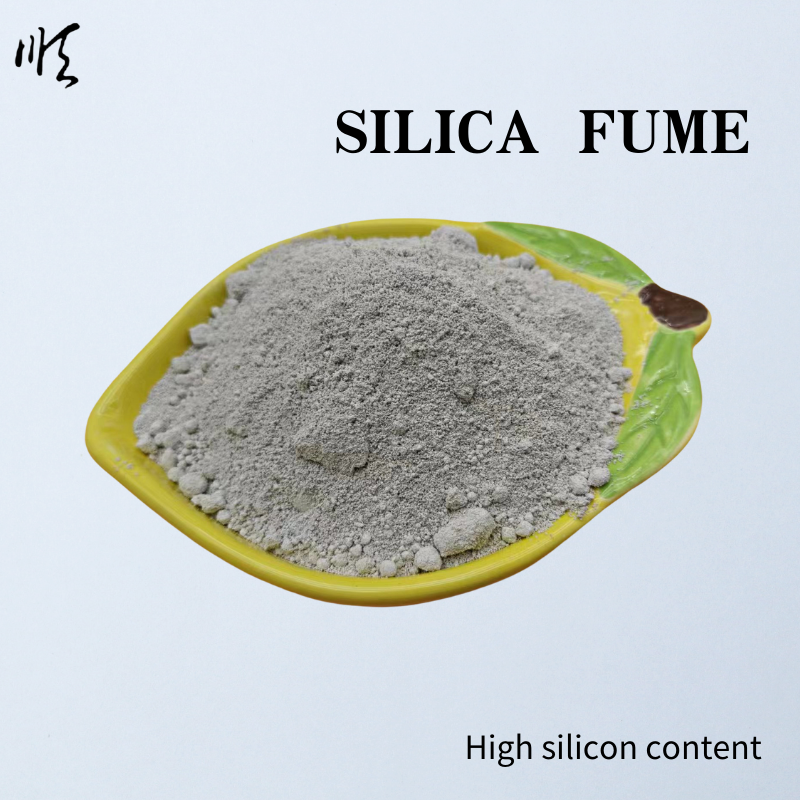
Exploring the Benefits and Applications of Perlite and Pumice in Horticulture and Construction
The Benefits and Uses of Perlite and Pumice in Horticulture
In the world of horticulture, creating the perfect growing medium is a crucial step to ensure the health and vitality of plants. Among the various materials that have gained popularity for their effectiveness, perlite and pumice stand out due to their unique characteristics and advantages. This article explores the properties of perlite and pumice, their benefits for gardeners, and how they can be effectively used in plant cultivation.
Understanding Perlite and Pumice
Perlite is a naturally occurring volcanic glass that expands when heated to high temperatures. It is lightweight, sterile, and provides excellent aeration and drainage when mixed with other growing mediums. The distinct white granules of perlite are familiar to many gardeners and are often used in potting mixes to improve soil structure.
Pumice, on the other hand, is a volcanic rock formed from the rapid cooling and depressurization of lava, which creates an extremely porous material. Pumice is heavier than perlite but offers similar benefits regarding drainage and air retention. Its porous nature ensures that it can hold moisture while allowing excess water to drain away, making it an ideal addition to soil mixes for a variety of plants.
Benefits of Using Perlite and Pumice
1. Improved Drainage Both perlite and pumice enhance drainage in potting soils. This is essential for preventing waterlogging, which can lead to root rot and other plant diseases. Their unique structures allow excess water to flow freely while retaining some moisture within their pores.
2. Aeration Proper aeration is vital for healthy root development. Perlite, with its lightweight and fluffy texture, promotes airflow within the soil, allowing roots to breathe and absorb oxygen efficiently. Pumice also aids in aeration but provides a firmer structure due to its heavier weight.
3. pH Neutral Both materials are pH neutral, making them suitable for a wide range of plants. This neutrality means they will not interfere with the nutrient levels in the soil, allowing for optimal plant growth.
perlite and pumice

4. Weight Reduction Using lightweight materials like perlite and pumice can reduce the overall weight of potted plants. This is particularly beneficial for indoor gardening or when transporting plants, as it makes handling much easier.
5. Long-lasting Unlike organic materials that decompose over time, perlite and pumice do not break down, providing lasting structure to the soil. This durability means that gardeners do not need to replace these amendments frequently, making them a cost-effective option.
Practical Applications
When using perlite and pumice, gardeners can combine these materials with soil to create the perfect potting mix. A common ratio is one part perlite or pumice to three parts soil. This blend ensures sufficient drainage and aeration while maintaining moisture levels that are conducive to plant growth.
Perlite is frequently used in seed-starting mixes and for propagating cuttings due to its lightweight nature and excellent drainage properties. Pumice, with its ability to hold more moisture, is particularly beneficial for cacti and succulents, which thrive in well-draining soils.
Moreover, these materials can be used in hydroponic systems to provide support and aeration for growing plants without soil, underscoring their versatility in modern gardening practices.
Conclusion
Perlite and pumice are indispensable tools in the toolbox of gardeners seeking to optimize their growing environments. Their unique properties not only improve drainage and aeration but also contribute to healthier and more resilient plants. By incorporating these volcanic materials into soil mixes, gardeners can create the ideal conditions for their plants to flourish, regardless of their gardening expertise. Whether you are an amateur or a seasoned gardener, understanding and utilizing perlite and pumice can enhance your horticultural success.
Share
-
Premium Pigment Supplier Custom Solutions & Bulk OrdersNewsMay.30,2025
-
Top China Slag Fly Ash Manufacturer OEM Factory SolutionsNewsMay.30,2025
-
Natural Lava Rock & Pumice for Landscaping Durable Volcanic SolutionsNewsMay.30,2025
-
Custom Micro Silica Fume Powder Manufacturers High-Purity SolutionsNewsMay.29,2025
-
Custom Mica Powder Pigment Manufacturers Vibrant Colors & Bulk OrdersNewsMay.29,2025
-
Custom Micro Silica Fume Powder Manufacturers Premium QualityNewsMay.29,2025






